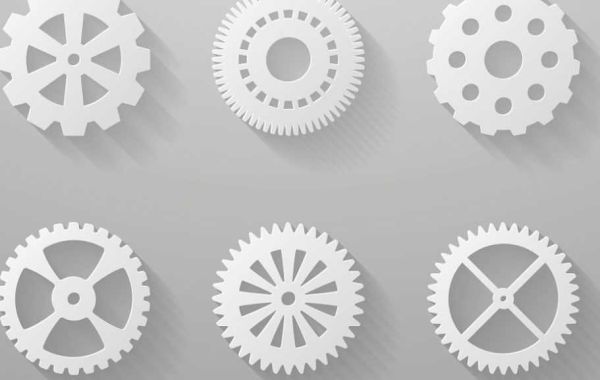The versatility of CNC machining combined with the properties of nylon make them a powerful combination for various applications. Here are some common examples:
- Prototypes and Low-Volume Production: CNC machining excels at creating functional prototypes of nylon parts due to its fast turnaround times and design flexibility. This allows for testing and design iteration before moving to mass production techniques like injection molding. Nylon prototypes can provide valuable insights into form, fit, and functionality of the final part.
- Gears and Bearings: The good wear resistance and self-lubricating properties of certain nylon grades make them suitable for gears, bearings, and bushings in various applications. These parts can be found in everything from toys and office equipment to machinery and power tools.
- Machine Parts: Nylon parts can be CNC-machined for use in various machines, such as rollers, guides, wear pads, or spacers due to their good strength, wear resistance, and ability to reduce noise and vibration. Nylon's inherent damping properties can be beneficial in applications requiring smooth operation and noise reduction.
- Electrical Components: Certain nylon grades offer good insulating properties, making them suitable for electrical components like housings, spacers, or insulators. Nylon's lightweight nature can also be an advantage in applications where weight reduction is desired.
- Consumer Goods: CNC-machined nylon parts can be found in various consumer goods due to their versatility and durability. These parts might include components in toys, sporting equipment, tools, or appliance components. Nylon's good impact resistance can be beneficial for parts that might experience occasional drops or impacts.
- Aerospace Applications: Specific high-performance nylon grades can be CNC-machined for use in some aerospace applications due to their favorable strength-to-weight ratio, wear resistance, and good noise dampening properties. Potential applications include certain aircraft interior components, lightweight housings for electronic equipment, or wear pads in landing gear systems.
These are just some examples, and the potential applications for CNC-machined nylon parts continue to expand due to the material's versatility and the precision offered by CNC machining.








